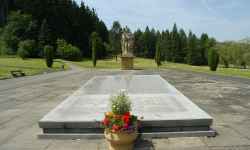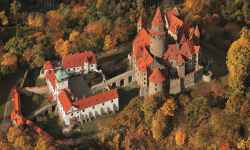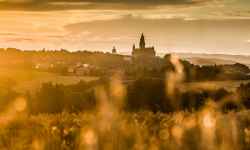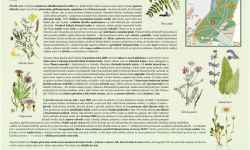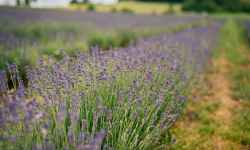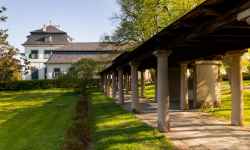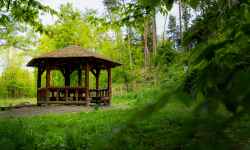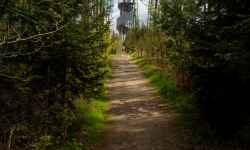|
aktuálně 4.5 °C zataženo 24.12. | zataženo | -1.3 °C 25.12. | jasno | -2.3 °C 26.12. | polojasno | -0.1 °C | Arboretum Bílá LhotaThe arboretum in Bílá Lhota, covering an area of almost three hectares, is a National Natural Monument and offers an exceptional collection of trees from all over the world.There are around 300 species and cultivars of trees in the park, such as shrubby yews in various colours and shapes, multicoloured beeches, maples, pine spruces, lindens and many others. You can also see several rare and collectible trees in the arboretum, such as Japanese maples, elms and mignonette trees. The trees that you can see in the park are from southern Europe (mainly from the Balkans), Asia (China, Korea, Manchuria, Japan and Siberia) and several trees from different regions of North and South America (USA, Canada, Mexico). The arboretum itself has a rich history; the first records of its existence date back to the mid-15th century, from which the oldest part of the park - the oak grove around the present-day stables - dates. From the end of the 18th century the chateau and park belonged to the Ostheim family, and in 1870 Jan Riedel bought the chateau and park. He adapted it into a mixed French-English style. In 1965 the park was taken over by the Museum of Homeland History in Olomouc. The Arboretum offers wheelchair access and barrier-free toilets.
0%
| ||||||||||||||||||||||||||||||||||||||||||||||||
The system of interactive links for individual records in selected modules within the project Central Moravia - mainly quiet (2024) was implemented with the support of the state budget of the Czech Republic from the programme of the Ministry for Regional Development.
The optimization of the website and the online campaign within the project Adrenalin after ours (2023) were realized with the contribution of the state budget of the Czech Republic from the programme of the Ministry for Regional Development.
The website was created within the framework of the project Marketing TO Central Moravia 2020 implemented with the contribution of the state budget of the Czech Republic from the programme of the Ministry for Regional Development.
The operation and activities of Střední Morava – Sdružení cestovního ruchu (Central Moravia – Tourism Association) were supported by funds from the Czech Republic's state budget under a program of the Ministry of Regional Development of the Czech Republic.
The optimization of the website and the online campaign within the project Adrenalin after ours (2023) were realized with the contribution of the state budget of the Czech Republic from the programme of the Ministry for Regional Development.
The website was created within the framework of the project Marketing TO Central Moravia 2020 implemented with the contribution of the state budget of the Czech Republic from the programme of the Ministry for Regional Development.
The operation and activities of Střední Morava – Sdružení cestovního ruchu (Central Moravia – Tourism Association) were supported by funds from the Czech Republic's state budget under a program of the Ministry of Regional Development of the Czech Republic.





